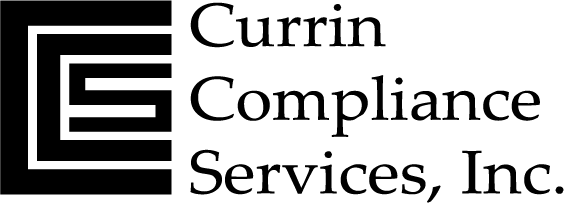Regulation 194 Compensation Disclosure...Coming Soon!
The panic level about the upcoming effective date of Regulation 194 and its requirements for compensation disclosure seems to be remarkably low in the life industry. I think after the Thanksgiving holiday there may be a rise and a month from now it will likely be reaching fever pitch!
Those who were hoping that the courts would intervene had those hopes dashed last week when the Article 78 proceeding brought by brokers and broker trade associations was unsuccessful.
One part of the decision I found interesting was the discussion about the burden this regulation will place on producers. The Court rejected as a “conclusory assertion”, the New York Insurance Department’s position that the costs of compliance would be “minimal.” Rather the Court said “it is apparent that Regulation 194 has the potential to impose real and significant burdens on producers by requiring them to disclose all compensation to be received from insurers and other third parties from the sale of insurance.”
Then the Court pointed to what is clearly one of the big, unanswered questions here: “the actual level of burden is highly dependent on the number of purchasers who opt to request a detailed disclosure, and neither side has given the Court a non-speculative basis upon which to assess the proportion of purchasers who will make such requests.”
Of course. And how could that be provided at this point? But to me, that uncertainty means the mandated preliminary disclosure becomes critical, and I think the importance of careful drafting cannot be understated. The challenge is to draft that notice and have any resulting discussions in a way that minimizes the cost of compliance and maximizes the sales opportunity.
Are there people out there who think selling insurance is a volunteer activity for which no compensation is, or should be, paid? Perhaps.
But in most cases, if the initial disclosure is a clearly written, honest confirmation of the fact that selling insurance is a job for which the producer is fairly compensated, and if the producer can engage comfortably in a brief exchange about it, I think many life and annuity applicants will be inclined to accept that. None of us particularly like talking about how much money we make, but we also don’t like asking others how much they make. It is a very uncomfortable area for many of us.
So my approach in discussing and reviewing the notices intended to comply with the regulation is to look for clearly drafted explanations that reflect accurately the estimate of expected compensation, but have a matter of fact, non-defensive tone. The Department has put out a Circular Letter that has some samples of acceptable language, but I think the tone of the notice is at least as important as the content in satisfying the requirements of the regulation and being able to proceed with the sale.
I was a door-to-door canvasser in New York City back in the day. People would ask me, occasionally, if I was paid and my approach was as I have described here. I confirmed that I was and I generally volunteered that I received 40% of what I raised each week up to a specified dollar amount (quota) and 50% after that. Those numbers are high. But I was then able to connect that compensation to the conversation we were having. Sure there are other ways to raise money, as there are other ways to sell insurance. But the commission structure allowed me to communicate with them in a way that other methods, say direct response solicitations, would not. Yes it was more expensive, but it also gave them the opportunity to get their questions answered specifically or request follow-up materials/discussions. I had a vested interest in making sure they understood the sometimes complicated issues because only then would they give to the organization. I came to welcome those discussions because it often led to the biggest contributions. Those “doors” actually thought about the value I brought in a way others did not.
Sales people know this in their bones: if you say something confidently you are much more likely to be persuasive. It is hard when it is one’s own paycheck being discussed and there are all kinds of issues and baggage we each bring to that discussion. But if producers can say, without anger at having to talk about it at all or fear that the commission numbers will kill the deal, that they are compensated for the sale and provide the required information clearly and confidently, I think many clients will come back with “of course you are compensated” and be ready to take the initial notice an move on.
I am hopeful that producers will be able to present their customers with notices that meet the requirements of the regulation and engage in whatever discussions flow from that notice in a way that makes the NYSID right about the costs of compliance being “minimal.” If the costs are high they will only get passed on to consumers and that isn’t good for anyone. In my opinion, if the costs do turn out to be minimal, it will primarily reflect the communication skills of producers in this state. Those producers who are good at meeting the needs of their customers will be good at incorporating this into their discussions. Those who are not as effective at communicating are likely to find this more of an obstacle with higher compliance costs.
